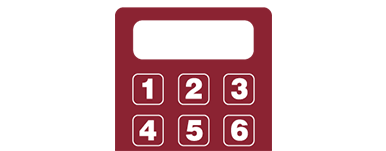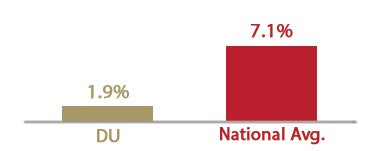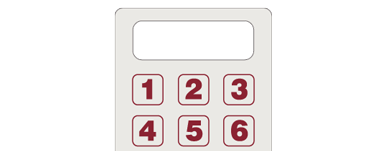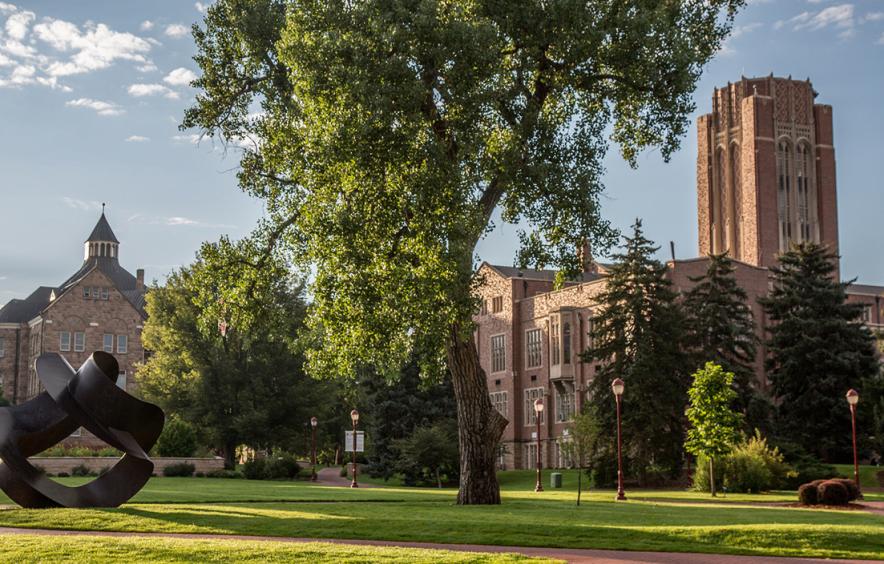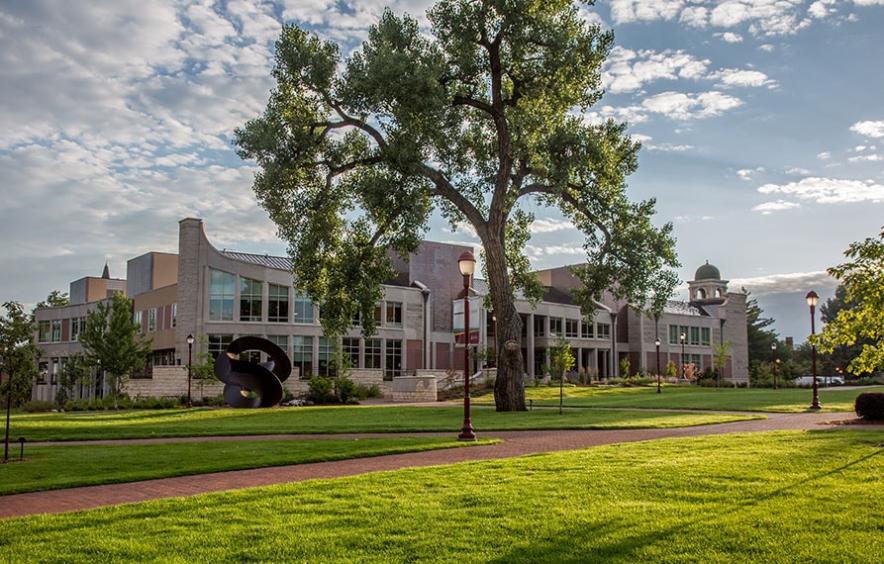How Financial Aid Can Help
When applying to the University of Denver, you and your family might have a lot of questions about how you’ll cover the costs of tuition, housing and other expenses. Our office is dedicated to helping each family create a strategy that works for them. Once scholarships and other financial aid options are factored in, many students find their cost to attend DU is comparable to other institutions they may be considering. We'll work with you to answer all your questions and to craft a customized financial aid offer that explores every available option.
Can I afford a DU education?
We do our best to make sure everyone who is admitted to DU can afford it.
Use our interactive calculators for an estimate of how much financial aid you may be eligible to receive and what your overall cost to attend the University of Denver might be.
Federal Student Aid Estimator
What types of aid are available?
There are three main types of financial aid available. Your first-year financial aid offer may combine all of these items to help you cover the cost of your education.
-
Merit Scholarships - Up to $40,000
You're automatically considered for merit scholarships during the admission process—no need to apply for financial aid to be considered. This money doesn't have to be repaid.
Scholarships
-
Need-Based Grants
There are a variety of federal, state and university grants that are awarded based on financial need. This is also money that doesn't have to be repaid.
Grants
-
Loans - Up to $5,500
DU offers low-interest federal loans for students. Additional loans are also available for parents.
Loans
Average Need-Based Financial Aid Offers
DU provides aid distributed among a wide range of income levels. Below are the average financial aid offers for first-year students who completed both the FAFSA and CSS Profile for the 2425 academic year.
| Parent Annual Income Range | Average Aid Offer* | Aid Offer Range** |
|---|
| $0-40,000 | $64,075 | $57,649 - $75,357 |
|---|
| $40,001-80,000 | $61,093 | $51,692 - $74,638 |
|---|
| $80,001-120,000 | $49,639 | $39,311 - $59,835 |
|---|
| $120,001-160,000 | $42,576 | $32,000 - $52,113 |
|---|
| $160,000+ | $34,966 | $26,000 - $41,000 |
|---|
*These figures reflect the average total gift aid of families with typical assets and does not include merit aid.
**These figures reflect the aid offer range for students who received need-based financial aid, which include need-based grants, federal student loans, and work-study.

Plan for Four Years
Will I receive the same financial aid offer each year?
If your family's financial situation remains the same, we'll make every effort to provide you with a similar aid offer each year. But be sure to keep these points in mind:
- Costs will change. Based on information from prior years, you should anticipate a small increase in tuition, housing and meal rates annually.
- Merit scholarships are fixed. If you're offered a merit scholarship upon admission, you can expect to receive that same award for four years.
- Departmental scholarships may be available. Once you choose a major, you may be considered for a departmental scholarship in your second, third and/or fourth year.
Am I going to end up with a lot of debt?
Average Debt at Graduation
Of the 41% of students who borrow federal loans, the average amount of debt our students have when they graduate is $19,686.
Data from DU Factbook
Loan Default Rate
Due to the early success of our alumni, only 1.9% of DU students fail to repay ("default" on) their federal loans—much lower than the national average of 7.1%.
Data from the U.S. Department of Education
